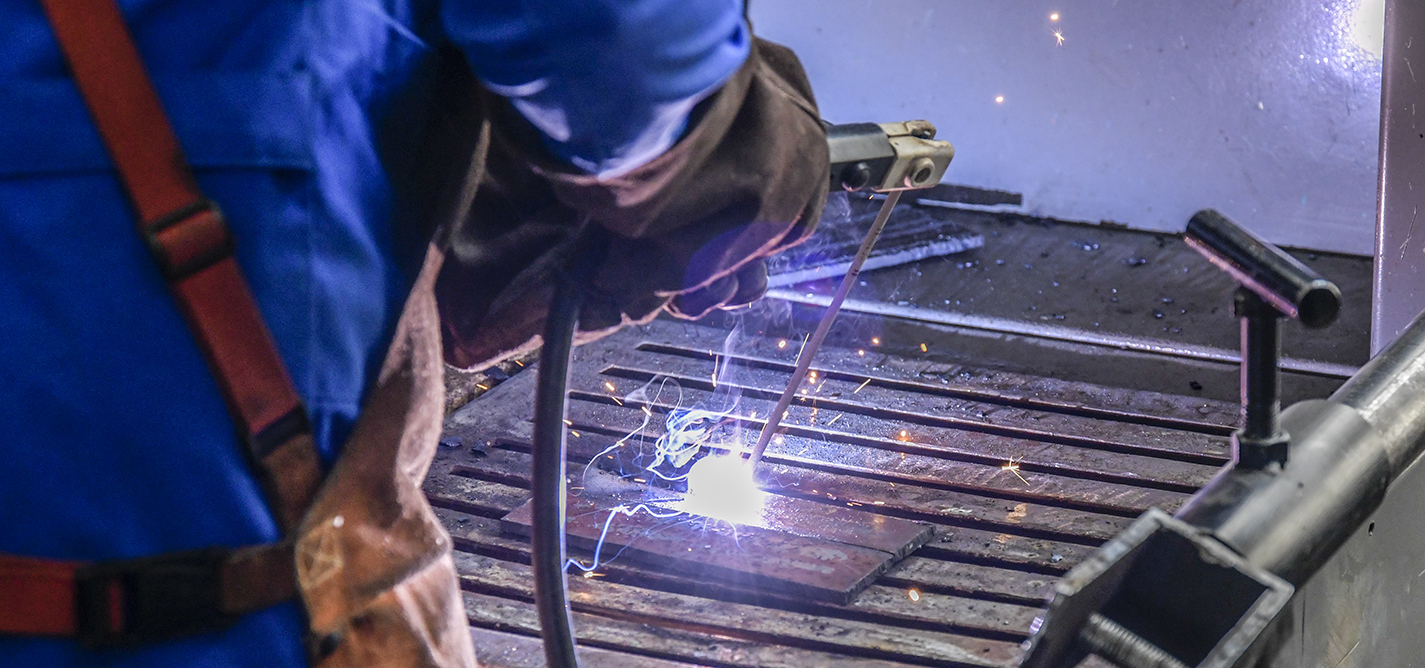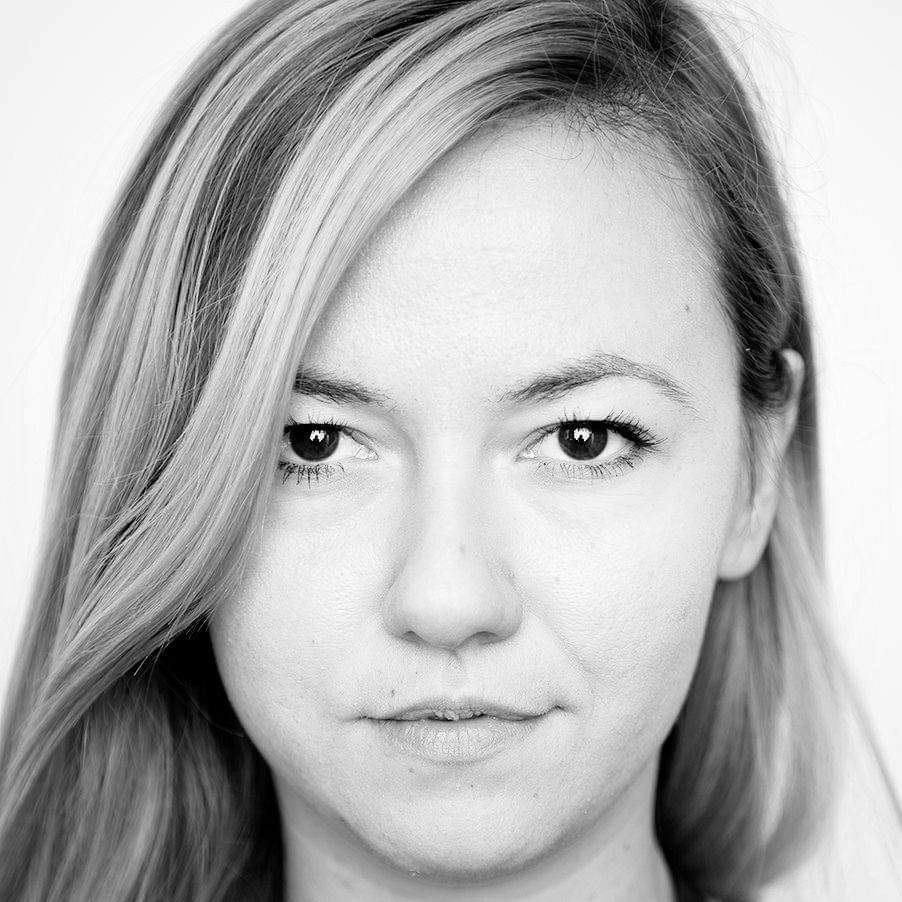
Making vocational schools work
Preparing the welders, chefs and tailors of tomorrow.
|2019.10.31
|
One of the main challenges for VET is preparing students for employment in accordance with labor market demands.

Sihana Klisurica
Sihana Klisurica is a journalist who is currently working as a freelancer. She has covered the culture sector for six years. Sihana completed her journalism studies at the University of Prishtina.
This story was originally written in Albanian.